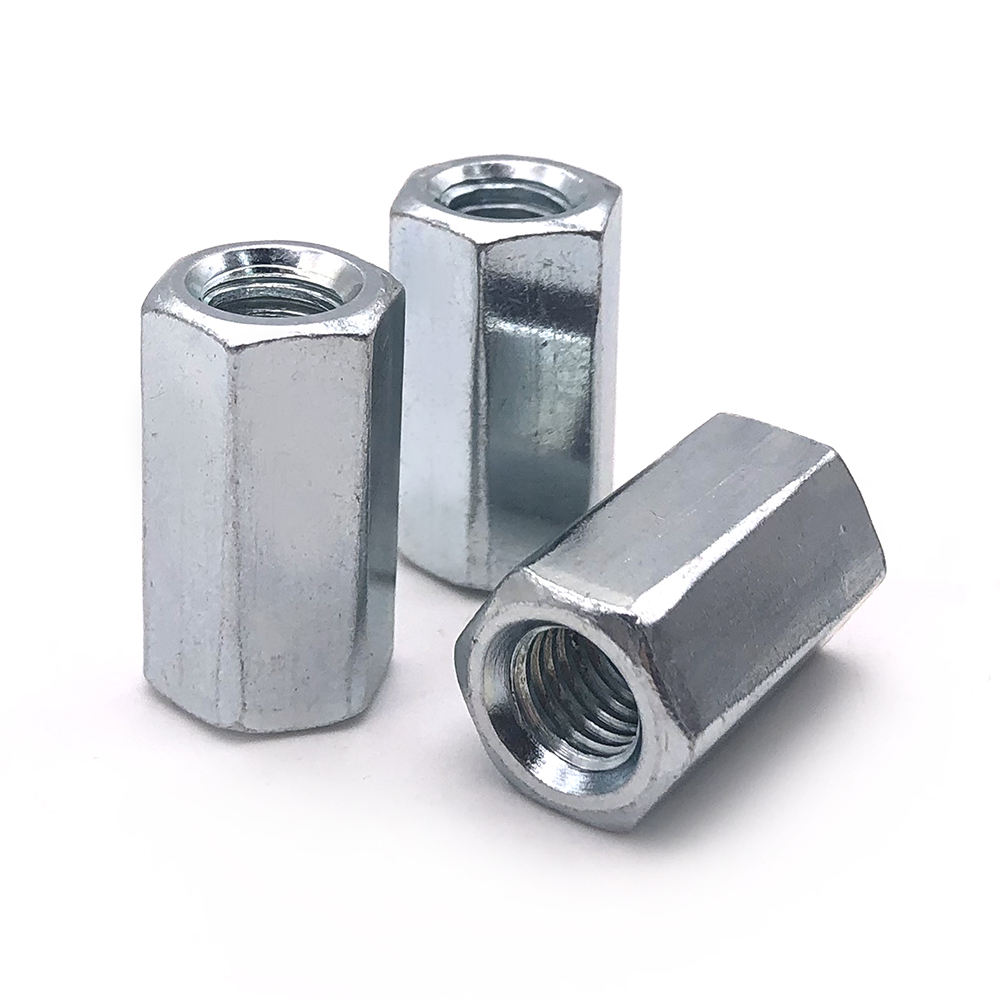Definition of Fasteners
While probably everyone has some sort of conception of what is considered a fastener, the actual technical definition, pun intended, can be difficult to completely nail down. Quite simply, a fastener is a mechanical component used to join two or more objects together. They are typically slender components used to pin together two machine elements. Fasteners are available in an extremely diverse range of forms, configurations, and sizes, and they can be fabricated from a wide variety of materials such as metals, plastics, and composites. Some of the most widely used machine screw fasteners are profiled below to serve as a brief roadmap of available parts.
Featured Fastener Types
1 – Socket Head Cap Screws w/ Hole
The Socket Head Cap Screw (w/ hole) is a machine screw that possesses a thick flanged head called a “cap”. These screws are designed to fit into mating internal machine threads. The socket head cap screw has a recessed drive slot on the top of the cap; the most common drive type is a hexagonal profile to accept a drive such as a hexagonal drive tool. This type of fastener also features a through-hole on the side of the cap head. This hole is designed to accept a metallic wire that can be twisted and welded together to prevent intentional unfastening of the joint.


Hex Nut
2 – Ultra-Low Head Cap Screws
Ultra-Low Head Cap screws are basically a modified version of a typical socket head cap screw. The differentiating feature is that the head profile has been designed to have a short, flat configuration, like that of a washer. Like other machine screws, these screws are intended to fit into mating internal threads profiles. To accommodate the flat head profile, the hexagonal head drive slot is actually recessed into the screw. In this way, these fasteners are designed to fit into applications that have very little clearance from other assembly parts where space is tight and accessibility to the joint is limited.


3 – Button Head Cap Screws
Button Head cap screws are another variant of socket head cap screws and are similar in shape, form, and function to the previous two fastener types. The primary differentiating feature is that the head profile on Button Head Cap screws is rounded, like a button. Furthermore, these screws have unique drive head slots that can only be accessed by a special drive head and cannot be unfastened by a traditional drive such as a screwdriver. For this reason, the fastened joint is considered to be tamper-proof.

4 – Hex Bolts
Hex Bolts are probably what comes to mind when you think of a fastener. These fasteners are bolts with flat, hexagonal heads that are typically driven by a wrench on the head side and can be fastened by a nut on the underside. Hex bolts are able to achieve remarkable clamping forces to ensure that joints subjected to high mechanical loads are fastened securely. Hex bolts are commonly used throughout all types of machine designs in traditional drive systems.

5 – Cross Recessed Flat Head Machine Screws
Cross Recessed Flat Head Machine screws have a fancy name for what is basically an ordinary machine screw with a cross-drive head. This cross drive can typically be driven/accessed by traditional screwdriver heads such as Phillip’s head driver. Similar to the other machine screws discussed here, these screws are intended to fit into specific mating internal threads profiles.

This whirlwind fastener profile tour has barely scratched the surface of the available fastener types and configurations. No matter the application, MISUMI has a wide assortment of fastener types and offers free CAD downloads of parts, short lead times, and no minimum order quantity. Explore all fasteners here.




